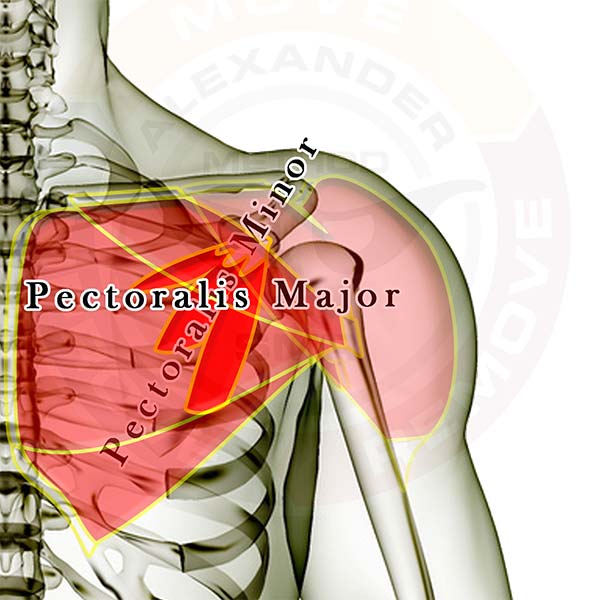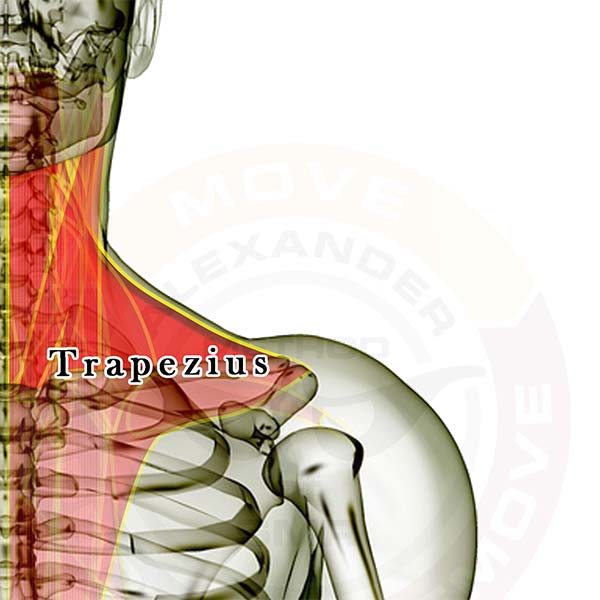
Pictured above is the rhomboid major. It is a stabilizing muscle for the shoulder blade (scapula) and it pulls the scapula toward the spine.
The muscles are layered, showing how some of the muscles are covered by the others. All of the muscles are see-through so that you can appreciate the location and size of each muscle relative to the others.
Click here for a list of all the muscles.
Individual upper back & neck muscles you might be interested in: (any inactive links will be live soon)
Muscles that cross the shoulder joint (attach somewhere in the torso and to the upper arm)
Muscles that attach to the shoulder blade (scapula) & the spine or ribs
- Trapezius
- Levator Scapulae
- Rhomboid Minor
- Rhomboid Major
- Latissimus Dorsi
- Pectoralis Minor
- Serratus Anterior
Muscles that attach to the scapula & the arm
- Deltoids
- Supraspinatus
- Infraspinatus
- Teres Minor
- Subscapularis
- Teres Major
- Triceps (long head)
- Biceps Brachii
- Coracobrachialis
- Latissimus Dorsi
Good luck working out those tight knots.
If you have any questions, please post a comment. We try to respond within 24 hours.
We're here to help you get more out of your training!








